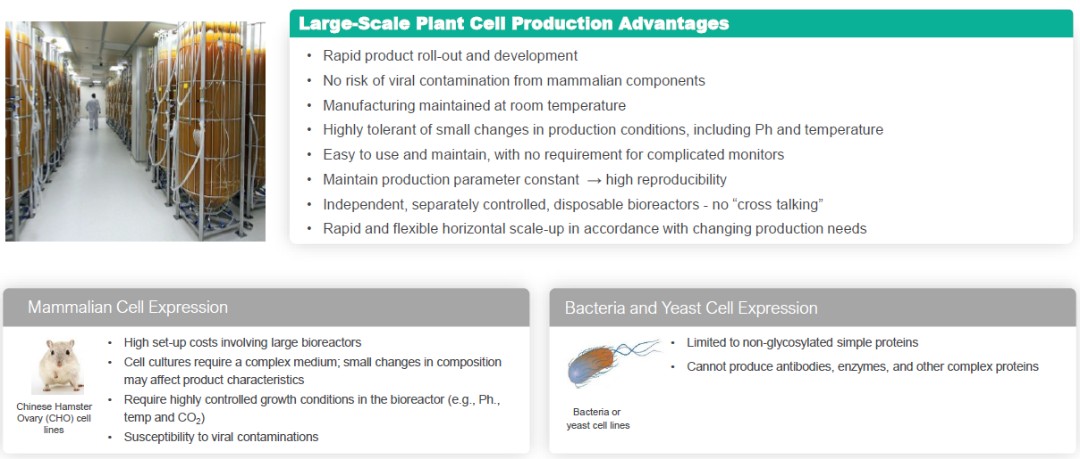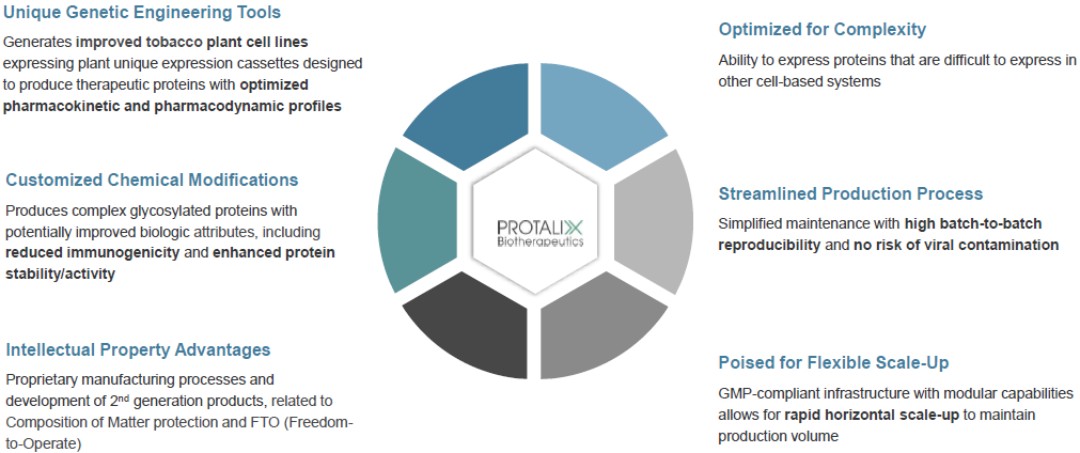general population. In people of Ashkenazi Jewish heritage, estimates of occurrence vary from approximately 1 in 400 to 1 in 850 people.
The global market for Gaucher disease, that includes Sanofi’s Cerezyme®, Shire’s Vpriv® and Sanofi’s Cerdelga®, among others, was $1.6 billion in 2023, is forecasted to be approximately $1.6 billion in 2024 and is forecasted to grow at a CAGR of approximately -0.57% from 2023-2030.
The current standard of care for Gaucher disease is ERT, which is a medical treatment where recombinant enzymes are injected into patients to replace the lacking or dysfunctional enzyme. In Gaucher disease, recombinant GCD is infused to replace the mutated or deficient natural GCD enzyme. Elelyso is the only alternative ERT treatment of Gaucher disease to Sanofi Genzyme’s Cerezyme® and Takeda’s (Shire) Vpriv.
Elfabrio for the Treatment of Fabry Disease
Elfabrio, our second commercial product, was approved by the EC for marketing in the EU and by the FDA for marketing in the United States in May 2023 for adult patients with Fabry disease. Both approvals cover the 1 mg/kg every two weeks dosage. Overall, the FDA review team concluded that in the context of Fabry disease as a rare, serious disease with limited therapeutic options that may not be suitable to all individual patients, the benefit-risk of Elfabrio is favorable for the treatment of adults with confirmed Fabry disease. According to the EMA, overall, the benefit/risk balance of Elfabrio is positive in the claimed indication (Fabry disease). The FDA publicly released the internal review documents for Elfabrio. These documents provide previously unavailable additional information regarding the basis for the FDA’s May 2023 approval decision. In particular, the FDA determined that substantial evidence of effectiveness for Elfabrio in Fabry patients was established with one adequate and well-controlled study, our phase I\II clinical trial of Fabry disease, with confirmatory evidence provided by the BALANCE study. The FDA review team also concluded that the BALANCE study met its primary efficacy endpoint, which assessed the annualized rate of change in eGFR (estimated glomerular filtration rate) over 104 weeks. However, the FDA also determined that the results from the BALANCE study did not support a non-inferiority claim to the comparator product due to the lack of data to support the non-inferiority margin.
In August and September of 2023, Elfabrio was approved in Great Britain and Switzerland, respectively, and by the Israeli Ministry of Health in January 2024, for long-term enzyme replacement therapy in adult patients with a confirmed diagnosis of Fabry disease.
Fabry disease is a serious life-threatening rare genetic disorder. Fabry patients lack or have low levels of α-galactosidase-A resulting in the progressive accumulation of abnormal deposits of a fatty substance called globotriaosylceramide, or Gb3, in blood vessel walls throughout their body. The ultimate consequences of Gb3 deposition range from episodes of pain and impaired peripheral sensation to end-organ failure, particularly of the kidneys, but also of the heart and the cerebrovascular system. Fabry disease occurs in one person per 40,000 to 60,000 males.
The standard of care for Fabry disease is ERT. Currently, the ERTs for Fabry disease are agalsidase alfa, agalsidase beta, and now Elfabrio. Through an ERT, the missing α-galactosidase-A is replaced with a recombinant form of the protein via intravenous, or IV, infusion once every two weeks. Fabry disease, if left untreated, will progress from a less severe condition to a more serious one. It can have a significant impact on quality of life due to presence of serious, chronic and debilitating complications, including cardiovascular and renal complications, and comorbid conditions such as pain can have a significant impact on the psychological well-being of Fabry patients and their social functioning. Fabry disease involves substantial reduction in life expectancy. Causes of death are most often cardiovascular disease and, to a lesser extent, cerebrovascular disease and renal disease. The life expectancy of Fabry patients is significantly shorter compared to the general population. Untreated male Fabry patients may experience shortened lifespans to approximately 50 years, and 70 years for untreated female patients with Fabry disease. This represents a 20- and 10-year reduction of their respective lifespans.
The global market for Fabry disease, that includes agalsidase beta, Sanofi’s Fabrazyme®, agalsidase alfa, Shire’s (acquired by Takeda Pharmaceutical Company Limited) Replagal® and Amicus Therapeutics’ Galafold®, among others, is forecasted to be approximately $2.1 billion in 2024 and is forecasted to grow at a CAGR of 7.3% from 2023-2030 reaching approximately $3.2 billion in annual sales in 2023.
Elfabrio Regulatory Background
On November 9, 2022, we, together with Chiesi, resubmitted to the FDA a BLA for PRX-102, the name we assigned to Elfabrio internally prior to its approvals, for the potential treatment of adult patients with Fabry disease. The initial BLA for PRX-102 was submitted to the FDA on May 27, 2020 under the FDA’s Accelerated Approval pathway, and the submission was subsequently accepted by the FDA and granted Priority Review designation. However, in April 2021, the FDA issued a complete response letter, or CRL, in response to the initial BLA. In preparation for the BLA resubmission, we and Chiesi participated in a Type A (End of


